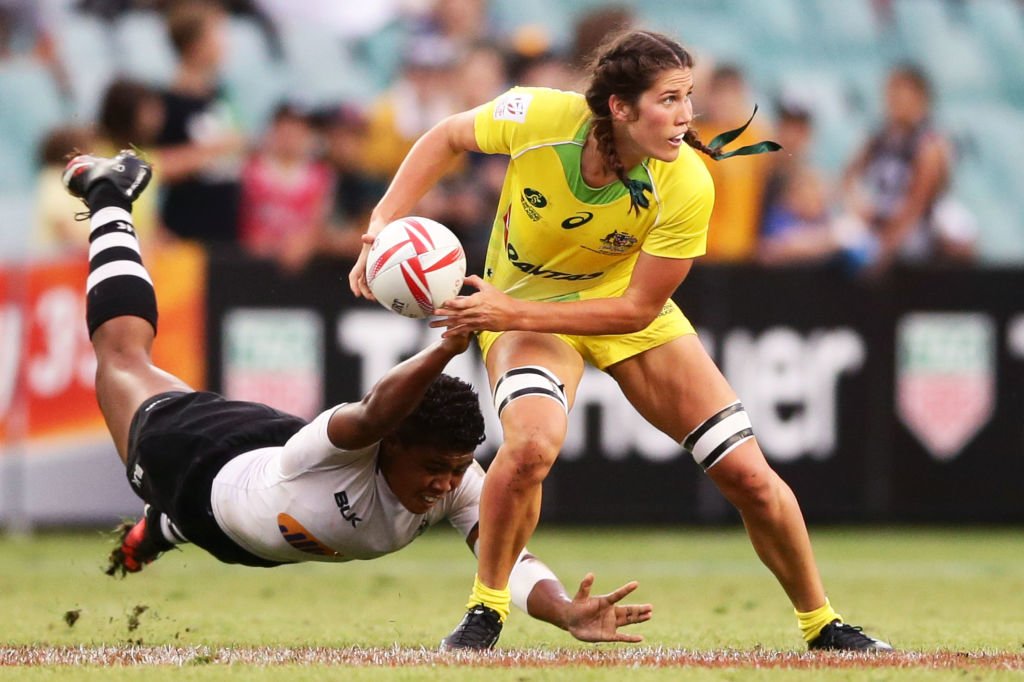Australian players to receive pay rise despite concerns

Despite declining ratings and attendance declining, Rugby Australia has negotiated a pay rise for players under the new collective bargaining agreement with the Rugby Union Players’ Association reports The Guardian.
Under the new CBA negotiated by outgoing CEO Bill Pulver, the Super Rugby salary cap has increased from $5m to $5.5m in 2019 and 2020, a 10 percent rise while there is no limit to the cap in 2018 as Australian teams transition without the Force franchise.
The axing of the Force has freed up funds to pay for new conditions in the CBA. For the first time, Australia’s women will receive test match payments, men’s and women’s sevens players will receive equal pay and Super Rugby contracts will be subject to minimum terms and conditions.
The previous 30 (minimum) to 35 (maximum) Super Rugby player squads have been increased to a minimum of 36 players to a maximum of 40 allowing for other squads to absorb the Force roster. The Rebels have been active in the recruitment market, signing a spate of players from the defunct franchise.
The biggest coup of the CBA is maintaining current player payment rate, where players receive 29 percent of the revenue generated by the game, among the highest rates in Australian sport.
The CBA will expire in 2020 at the same time as the broadcast rights agreement, but with declining viewership, the game faces impending doubt in Australia. The short-term deal will kick the tough negotiations down the road, something incoming CEO Raelene Castle will inherit.
There has been recent speculation that more South African teams will follow the Cheetahs and Kings to Europe, threatening the existence of the SANZAAR committee responsible for Super Rugby. Given the South African broadcast rights are the typically the most lucrative, a South African exodus is sure to change the landscape of professional rugby in the Southern Hemisphere.













































































